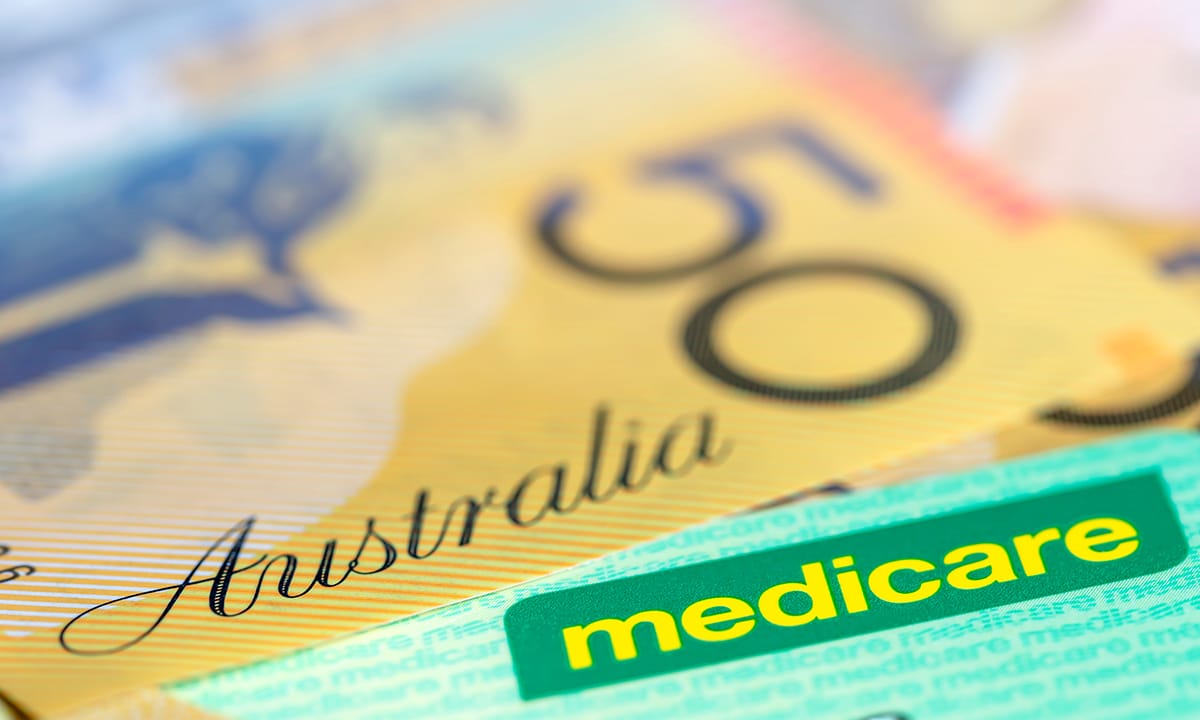Australian coffee culture. It’s more than just a daily caffeine hit—it’s a national obsession, a social ritual, and a booming industry that has redefined how the world drinks coffee. From the bustling laneways of Melbourne to the sunny corners of coastal Brisbane, Australia has brewed up one of the most vibrant and sophisticated café scenes on the planet. Forget drive-through coffee and oversized paper cups—here, coffee is slow-crafted, thoughtfully sourced, and savored in atmospheres that celebrate art, community, and identity.
The journey began with post-war European migration. Italians and Greeks brought with them their love for espresso, birthing cafés that would shape a uniquely antipodean take on coffee. This legacy is evident today at institutions like Brunetti in Melbourne or Campos Coffee in Sydney. What makes Australian coffee culture stand apart is its emphasis on quality, consistency, and innovation. The rise of drinks like the flat white and magic shows just how creative Australians have been in defining their coffee experience.
Independent cafés dominate the streets of Australia, with chains like Starbucks making up less than 3% of the market—a stark contrast to many other countries. Establishments such as Seven Seeds, Industry Beans, and Mecca Coffee lead the charge in artisanal brewing, sustainable sourcing, and community building. The third wave coffee movement, which treats coffee as an artisanal product similar to wine, thrives here. Whether it’s a single-origin pour-over or an ethically sourced Ethiopian blend, Australians expect more than just a quick fix—they expect a story in every cup.
But coffee isn’t just about the brew—it’s about the experience. Cafés like ST. ALi in Melbourne and The Grounds of Alexandria in Sydney double as cultural hubs, merging architecture, design, music, and gastronomy. These spaces serve as second offices for freelancers, social hubs for locals, and a canvas for urban creativity. In fact, a 2023 report by IBISWorld showed that 64% of Australians visit a café weekly, a testament to the role of coffee in everyday life.
Innovation is not just in the drinks but in the ethics too. From biodegradable cups to transparent supply chains, Australian cafés are leaders in sustainable practices. Roasteries such as Five Senses and Proud Mary Coffee not only serve exceptional beans but advocate for fair trade and environmental responsibility. The country’s coffee culture is now influencing global trends, with the flat white making waves internationally and Aussie baristas dominating world championships.
In essence, Australian coffee culture has transcended trends. It’s become an identity—carefully brewed, globally admired, and rooted deeply in everyday life. Whether you’re sipping a long black in Perth or enjoying a piccolo latte in Hobart, you’re participating in a cultural ritual that’s as Aussie as a beach sunrise or a backyard barbecue.
Espresso Obsession: How Australia Built Its Unique Coffee Identity
Historical Beginnings of Coffee in Australia
Coffee first arrived in Australia during the late 18th century, but it wasn’t until the post-WWII migration from Italy and Greece that espresso culture truly took root. By the 1950s, cities like Melbourne and Sydney saw the emergence of European-style cafés that served strong, short black coffee, laying the foundation of what would become a global phenomenon in the making.
Cultural Shift from Instant to Espresso
In the 1970s and 80s, instant coffee dominated Australian households, with brands like Nescafé being a staple. However, by the late 1990s, Australian coffee drinkers were increasingly drawn to the richer, more complex flavors of espresso. A 2023 survey by IBISWorld showed that 68% of Australians now prefer espresso-based drinks over instant.
Urban Coffee Revolution
Melbourne, often dubbed the coffee capital of the world, boasts more than 2,100 independent coffee shops as of 2024. This urban espresso boom has influenced how Australians work, socialize, and even design their cities—with laneways and shared public spaces now built around café culture.
The Global Influence of the Flat White
The flat white, believed to have been created in Sydney in the 1980s, has made waves internationally. In 2015, Starbucks introduced it to global markets, citing “inspiration from Australian coffee culture.” Its smooth, velvety texture and emphasis on espresso over foam captured global attention.
Economic Impact of the Coffee Industry
Australia’s coffee industry generated over AUD $10 billion in revenue in 2023, employing more than 96,000 people. Cafés are no longer just eateries—they’re cultural institutions. Australian coffee culture is not just a daily ritual but a significant economic force shaping local communities and global trends.
The Rise of Independent Cafés and the Third Wave Movement
Third Wave Coffee Defined
The third wave movement treats coffee as an artisanal product rather than a commodity. In Australia, this movement focuses on ethical sourcing, single-origin beans, and scientific precision in brewing. According to the Specialty Coffee Association of Australia, 42% of cafes now promote third wave practices.
Growth of Independent Cafés
Franchises like Gloria Jean’s and Starbucks have lost ground in Australia, with only 3% of total café sales attributed to multinational chains in 2023. Independent cafés dominate, offering unique blends, artistic interiors, and personalized experiences. This is central to Australian coffee culture, where individuality is prized over commercial uniformity.
Barista Training and Coffee Science
Australia has become a global leader in barista education. Institutions like the William Angliss Institute in Melbourne offer barista certifications emphasizing not only espresso techniques but also knowledge of bean varietals and extraction science. This has raised professional standards across the country.
Sustainable and Ethical Practices
Sustainability is integral to third wave cafés. A 2023 report by Planet Ark found that 61% of independent Australian coffee shops now use compostable cups and ethically sourced beans. Australian coffee culture is becoming increasingly aligned with environmental awareness and fair trade principles.
The Role of Micro-Roasteries
Cities like Brisbane and Adelaide have seen a rise in micro-roasteries such as Parallel Roasters and Five Senses, which allow customers to trace their beans from farm to cup. These roasters not only serve cafés but educate customers—turning every sip into a story of origin, craft, and purpose.
Flat White to Long Black: Australia’s Iconic Coffee Styles
The Origins of the Flat White
A quintessential drink in Australian coffee culture, the flat white was born out of a desire for a stronger, less foamy coffee. It typically consists of a double ristretto shot with micro-foamed milk. A 2022 national café report found that 31% of Australians order a flat white as their primary coffee.
Understanding the Long Black
Made by pouring a double shot of espresso over hot water, the long black is distinct from the American-style Americano. It preserves the crema and delivers a bold flavor—another signature of Australian coffee culture that values strong, unfiltered coffee experiences.
Magic, Piccolo, and Beyond
Exclusive to places like Melbourne, the “magic” is a double ristretto topped with silky milk in a 5oz cup. The piccolo latte is a small but potent offering that balances intensity with creaminess. These niche drinks illustrate the creative edge of Australian coffee menus.
Differences Between Cappuccino, Latte, and Flat White
Though globally known, these drinks have uniquely Australian interpretations. A cappuccino here often includes chocolate dusting, while a latte is served in a tall glass. The flat white remains the gold standard—serving as the midpoint between the two, with a focus on texture and espresso depth.
Customisation and Coffee Language
Australians have developed their own coffee lexicon. “Skinny cap,” “half-strength latte,” and “extra hot flat white” are commonplace. A study by CaféPulse in 2023 revealed that 73% of Australians regularly customize their coffee order, showing how integrated and personal coffee is in daily life.
Café Life Down Under: Community, Creativity, and Conversation
Cafés as Social Hubs
Australian cafés aren’t just places for caffeine—they’re spaces for gathering, working, and connecting. A 2023 study by the Australian Bureau of Statistics found that 64% of adults visit a café at least once a week, with 29% going multiple times. This shows how central coffee spaces are to community life.
Art, Design, and Ambience
From hand-painted murals to mid-century modern interiors, cafés in cities like Hobart and Fremantle are aesthetic experiences. Venues like ST. ALi in Melbourne and Single O in Sydney double as art spaces, blending Australian coffee culture with local creative industries.
The Freelance and Remote Work Revolution
With the rise of remote work, cafés now double as workspaces. Many offer free Wi-Fi, plug points, and coworking vibes. In fact, 2024 data from Global Workplace Analytics suggests that 21% of Australian freelancers choose cafés as their primary work location.
Pet-Friendly and Inclusive Spaces
A unique trend in Australian coffee culture is pet-friendly cafés. Dogs are welcome at many establishments like The Grounds of Alexandria in Sydney. These spaces foster inclusivity, attracting families, creatives, and seniors alike—making coffee breaks feel like community rituals.
Events, Music, and Culture Nights
Beyond daily service, cafés now host poetry readings, live music, and trivia nights. This integration of culture and coffee deepens their role in society. Australian coffee culture has moved far beyond beverages—it’s now about belonging, atmosphere, and shared experience.




